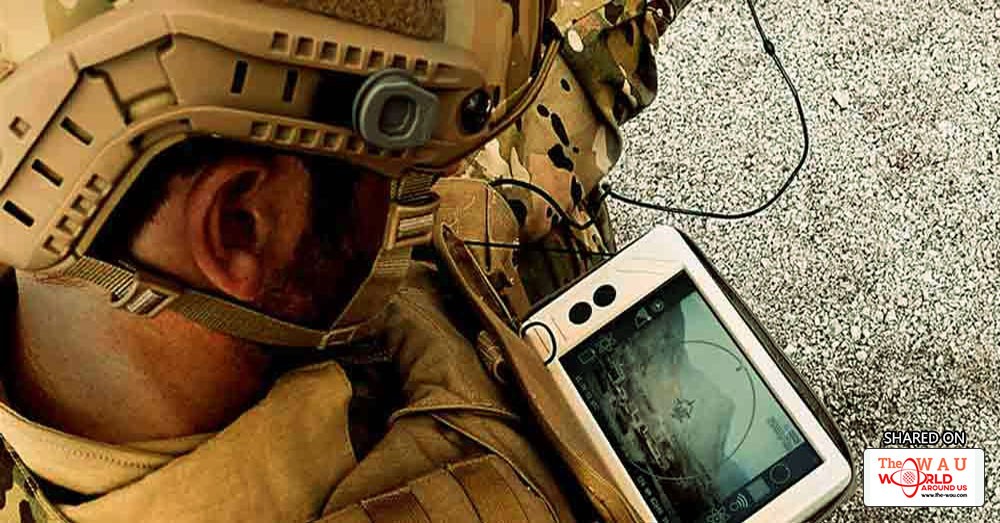The new national security advisor (NSA) will have his plate full,whether or not some burden shifts from the NSAs office to the home ministry. While many issues compete for immediate attention,it is important to focus on the larger strategic picture. Post 26/11,there has been much discussion on our current preparedness to handle terrorism. A month back,the home minister outlined a series of measures for revamping internal security architecture. And one arena which demands urgent attention is investment in technology.
Unfortunately,the focus so far has remained at the tactical level. We need to think beyond the purchase of bullet-proof jackets. It is essential to take cognisance of what technological investments other countries have made,and consider our own specific requirements. However,has the Indian establishment given serious thought towards developing a technological roadmap to address the terrorist threat? The answer is both yes and no.
The state certainly appreciates the need to invest in technology,and has taken several concrete steps in that direction,but still views the use of technology as an appendage to the stuctures devised in the past year. There is no definite technology roadmap that has been devised. The DRDO,for instance,is mandated to look after the needs of the armed forces,but who is to devise a plan for the police,paramilitary forces and intelligence agencies?
26/11 needs to be viewed in the backdrop of larger strategic realities. However,at a tactical level,it occurred because of the lack of timely and reliable intelligence. Various mechanisms already exist to gather both human as well as technical intelligence. Post-26/11 India has launched a high-precision Israeli-made spy satellite RISAT-2 to gather intelligence. This satellite is capable of giving timely information,including relevant inputs from border-crossing to information on terror camps and hideouts across the border. Such investments indicate that the major focus of technological investments appears to be intelligence gathering. There is a need to direct investment towards technologies for quick analysis,distribution and coordination. Unfortunately,in the 21st century,Indian police and para-military forces are still equipped with .303 rifles. These agencies need to learn from the US and allied forces operating in say,Afghanistan,how technology can be tapped to fight terror. Unmanned aerial vehicles (UAV) or drones have proved their battle-worthiness in this region. Such combat vehicles could prove to be of great value in Indias internal security situation. Another technology which needs attention is robotics,which is already in use in Iraq and Afghanistan and put to use in logistical supply chain and intelligence gathering.
Recently,the UKs Ministry of Defence decided to put 100 Dragon Runner robots in Afghanistan. These are small and robust robot weighing between 10 and 20 kg,and capable of operating in rough terrain. They could be used for perimeter security,checkpoint security and the inspection of suspect vehicles. They can operate in sewers and drainpipes to detect danger. They can be configured for reconnaissance and surveillance operations too,and comes with explosive identification capability. Such systems could have played a significant role in the urban warfare environment of 26/11,and much human casualty could have been reduced. The good news is that at least a few in the scientific community are working towards developing innovative technologies. Indian scientists are developing an electronic device (e-dog) that will sniff out explosives like RDX which remain undetected by existing security equipment. This was announced on the on the sidelines of the recently concluded Indian Science Congress.
Artificial intelligence (AI) is another area in the field of counter-terrorism that both government and corporate entities need to seriously examine. This technology has various applications,from surveillance to pattern recognition. In India even today,there are loopholes in security systems everywhere from cinema halls to the nuclear establishment. This happens because technology is not central to internal security doctrines.
Today,when fighting terrorism is arguably Indias most pressing challenge,we need to grow beyond haphazard technology induction. Globally,successful statistical techniques like Six Sigma could be used to analyse how,when and in what form such technology induction could be done. It is essential to develop structures to examine the technology-related requirements of various internal security agencies and advise government accordingly. Indias counterterrorism apparatus lacks a strong technology focus and this is one area that the new NSA should focus on.
Share This Post















